Blog
Introduction
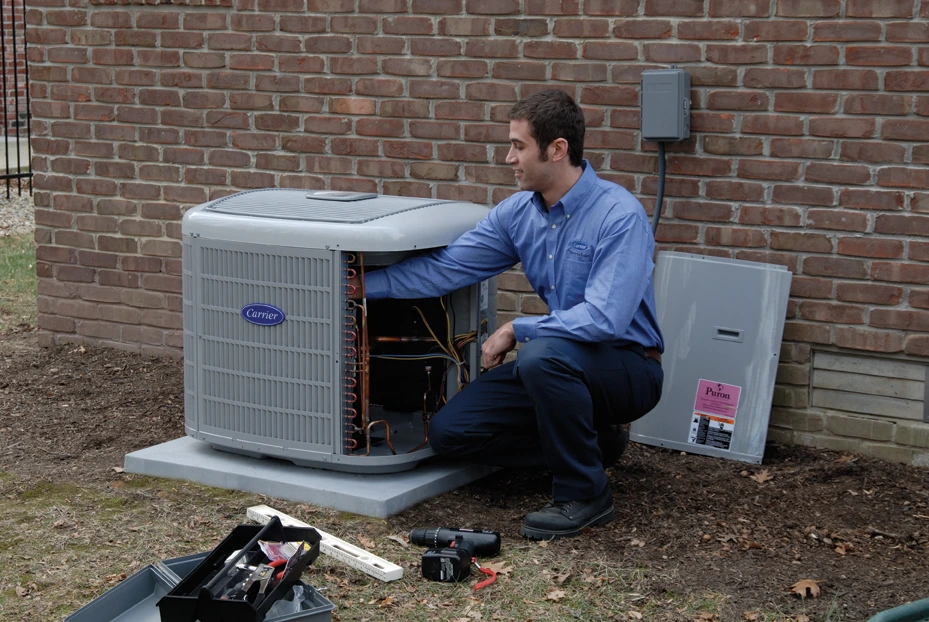 HVAC – or heating, ventilation, and air conditioning – is an acronym describing the system that heats and cools your home. In the winter, you count on the furnace portion of the HVAC system, while in the summer the air conditioning side keeps you cool and comfortable.
HVAC – or heating, ventilation, and air conditioning – is an acronym describing the system that heats and cools your home. In the winter, you count on the furnace portion of the HVAC system, while in the summer the air conditioning side keeps you cool and comfortable.
While some homes are heated and cooled with boilers, radiant floor heating, heat pumps, ductless mini splits, or window air conditioners, let’s explore the eight basic parts of a home HVAC system containing the traditional furnace and split-system air conditioner combination.
Thermostat
As the brain behind a home HVAC system, the thermostat deserves the first mention. It’s essentially a thermometer with a direct connection to heating and cooling components, allowing it to control when the furnace and air conditioner come on.
Many types of thermostats are available today, including programmable models that automatically change the temperature based on the schedule you set. You can also decide to install multiple thermostats for zoning purposes.
Furnace And Blower Motor
The furnace and blower motor are two major parts of a home HVAC system. The furnace is fairly large and usually demands its own space in the basement, attic, or closet.
A fuel source (usually natural gas, oil, or electricity) heats incoming air. Then, the blower motor distributes the heated air through ductwork and out through supply registers. It pulls cool air back in from return registers and the process begins again. The blower motor often doubles as the air distribution source for the air conditioner as well.
Heat Exchanger
Every furnace has a heat exchanger, which kicks into gear when the thermostat calls for heat. If the furnace operates on gas or oil, burners accomplish the heating. If electricity is the fuel source, electric coils heat the air.
As air inside the heat exchanger warms up, heat transfers to the metal walls. The blower motor sucks air into the furnace and blows the air over the outside walls of the heat exchanger. The air heats up quickly and circulates back into the home through the supply registers.
It’s important for the heat exchanger to remain sealed since furnaces that use natural gas or oil fill the heat exchanger with combustion fumes, including poisonous carbon monoxide (CO). Under normal conditions, a vent sends cooled fumes to the exterior where they disperse harmlessly into the air. However, if the heat exchanger is cracked, these fumes could enter your home, potentially endangering you and your family. That’s why preventative maintenance is so important.
Evaporator Coil
This is the internal portion of a split-system air conditioner. It’s usually housed in a metal enclosure on the side or top of the furnace. The refrigerant flows through the coil, which resembles a car’s radiator and absorbs heat from the indoor air passing over it. With the heat removed, cool air is left to circulate back into the living space.
Condensing Unit
When you picture the parts of a home HVAC system responsible for cooling, this is the component that typically comes to mind. It’s the metal unit that sits outside the home and is responsible for expelling the heat absorbed from indoor air to the exterior. This prepares the refrigerant for another round through the evaporator coil where it absorbs more heat and cools your home further.
Refrigerant Lines
Without refrigerant, air conditioning wouldn’t be possible. The refrigerant lines are comprised of copper or aluminum and run between the indoor evaporator coil and the outdoor condensing unit.
Ductwork
Forced-air heating and cooling rely on ductwork to distribute conditioned air throughout the home. It’s easiest to install ductwork during initial construction, though retrofits are sometimes possible. Ducts shouldn’t run through the attic, garage, or crawl space if at all possible. If this is unavoidable, the ducts should be sealed and insulated to prevent being affected by the major temperature differences between these areas and the living space.
Return And Supply Registers
These are the covers that fit over ductwork openings. They’re typically rectangular in shape and located in the ceiling, wall, or floor, depending on the ductwork layout. Registers typically have louvers you can open and close to control airflow. It’s recommended that you keep at least 80 percent of your home’s supply registers open to prevent unbalancing the system. Also, make sure rugs, furniture, and curtains don’t block return and supply registers throughout your home.
Now you know the eight basic parts of a home HVAC system. To learn more, or to schedule service, please contact McWilliams Heating, Cooling and Plumbing. We’ve been serving Lufkin and Nacogdoches residents since 1974.
Share This :
Emily
Table of Contents
Discover New Blog Posts
A well-functioning air conditioning (AC) system is essential for maintaining home comfort, especially during the warm months in places like Splendora. When your AC unit […]
The summer heat is right around the corner, and with it comes increased use of air conditioning systems in Shepherd. A well-maintained AC condenser unit […]
Air conditioning systems have become an essential part of modern living, providing much-needed comfort during the warm months. In Cleveland, where temperatures can rise significantly, […]


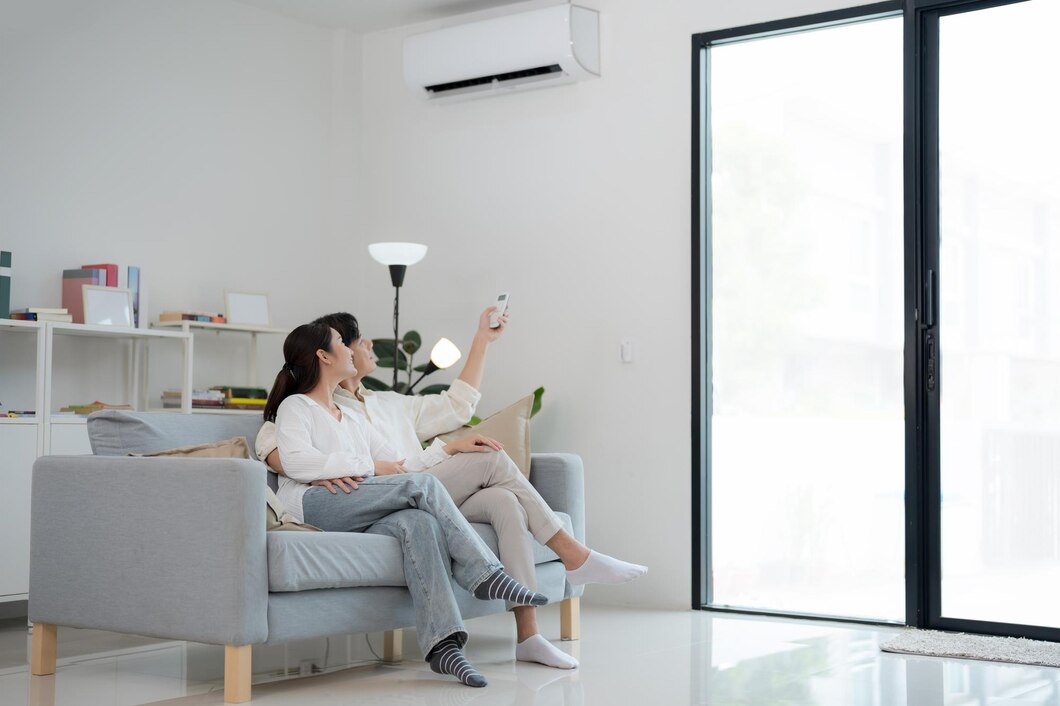
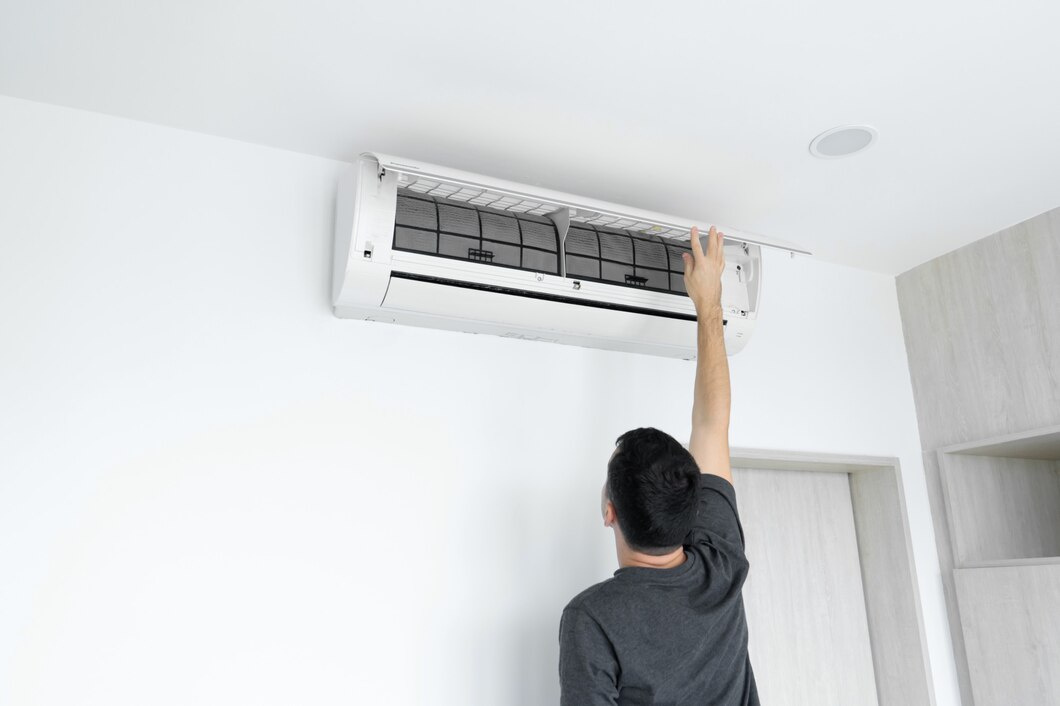
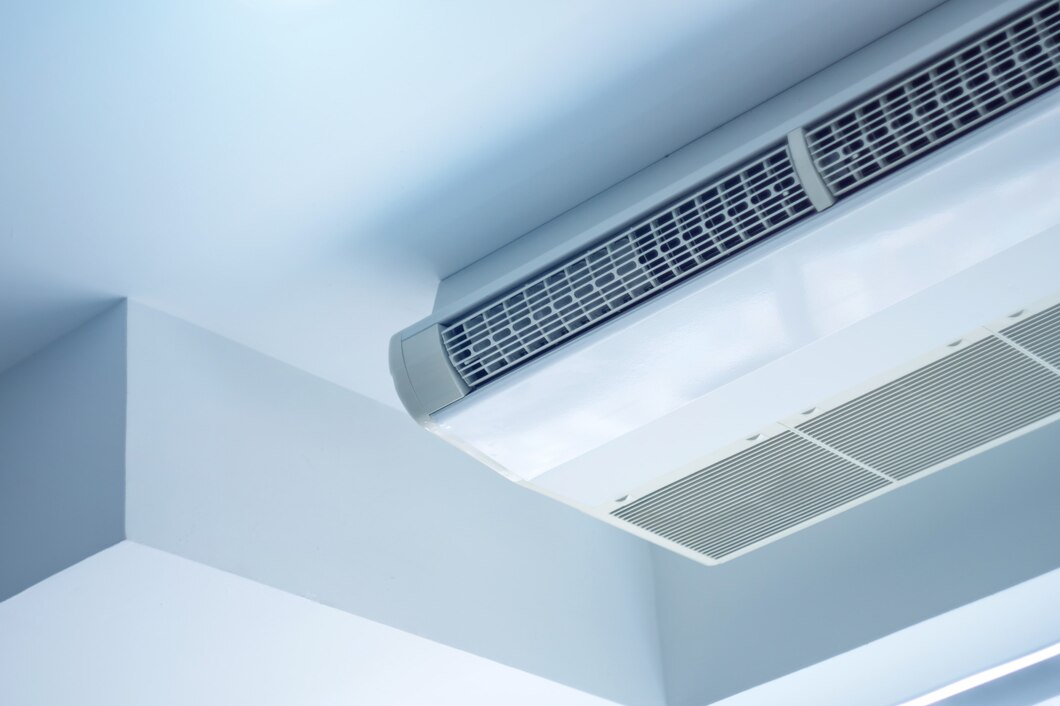
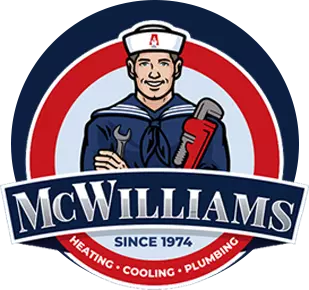
 7
7 
